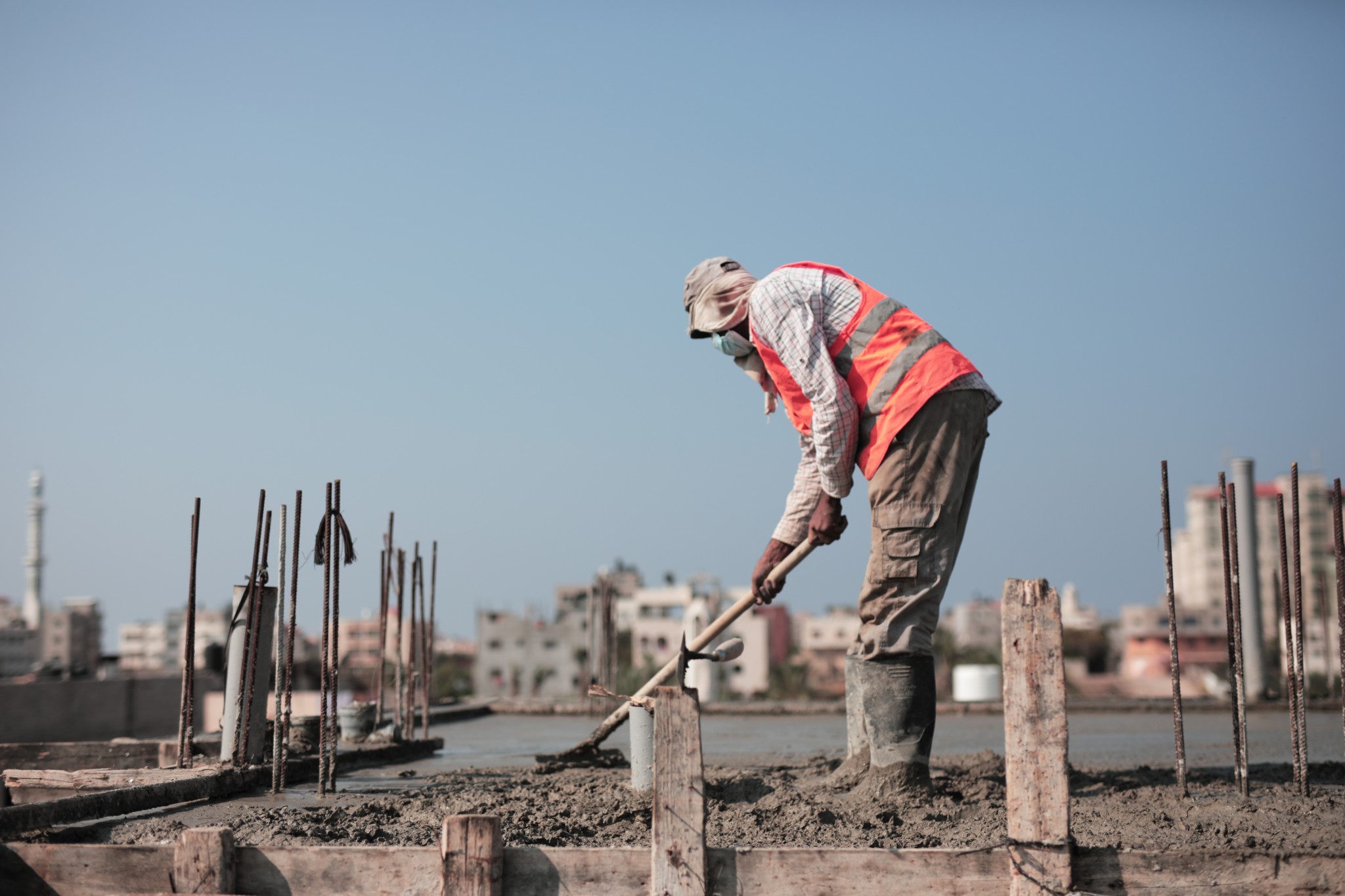A new report by Gisha released on January 11, 2022, Red Lines, Gray Lists, provides answers to common questions on Israel’s policy regarding the entry into Gaza of items it….

A new report by Gisha released on January 11, 2022, Red Lines, Gray Lists, provides answers to common questions on Israel’s policy regarding the entry into Gaza of items it defines as “dual-use” – goods that are civilian in nature but that Israel suspects may be used for military purposes as well. For years, Israel has blocked or delayed the entry of thousands of items, including raw materials for industry, machinery and spare parts, and equipment for construction; items which are critical for Gaza’s economy, healthcare system, and civilian infrastructure. The shortages in these items continue to exacerbate living conditions in Gaza, hinder development, and block reconstruction and construction in the Strip.
The report notes the arbitrary changes made to Israel’s dual-use policy over the years, shedding light on the different tracks for coordinating the entry of dual-use goods into Gaza via Israel and Egypt, and detailing the legal duties of various actors in the region to facilitate passage of goods to Gaza. A central section of the report examines the Gaza Reconstruction Mechanism (GRM), the result of an agreement between Israel and the Palestinian Authority brokered by the United Nations (UN) following the 2014 offensive. The complex and bureaucratic monitoring process that Israel demands of the GRM, as well as its lack of accountability or transparency over such demands, lead to delays in construction and suspensions of contractors from the GRM, also reinforcing a black market in the Strip.
In addition to the questions answered in the report, it includes testimonies by experts and professionals describing, in their own words, how restrictions on access to dual-use items and working conditions under the GRM undermine their work and lead to severe infringements on the rights to property and livelihood. A senior businessperson in Gaza, interviewed for the report, emphasized that: “People who work under the GRM feel like they’re putting their necks in a noose.”
The report is the product of extensive research conducted by Gisha, providing a comprehensive overview of Israel’s draconian dual-use policy vis-à-vis the Gaza Strip. Gisha’s analysis of the dual-use list for Gaza, which far exceeds the internationally accepted standard, points to its vagueness and opacity. The policy enforced by Israel leads to ongoing violations of its legal obligation to enable normal life in the Strip.
Israel must be held accountable for protecting the rights of Gaza residents, who live under its control. It must allow immediate and full access to all that is needed for their lives and livelihoods.
To read Red Lines, Gray Lists – click here.
